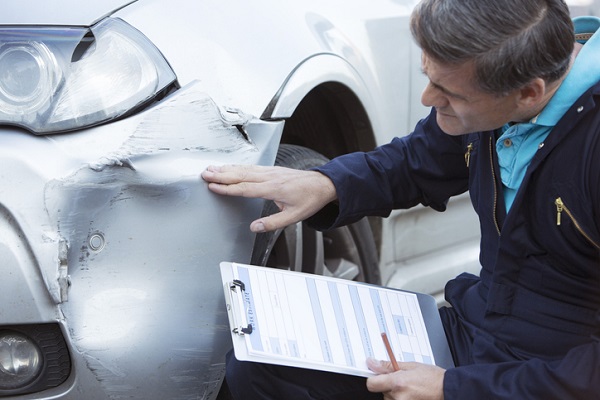
Even the smallest of collisions can have a serious impact on a vehicle. The exterior damage may be just a dent, but the impact of the hit could affect the frame component, suspension or safety mechanisms.
As cars become increasingly complex, with new safety technologies and better materials, so does the job of repairing them. Professionals in the automotive industry need to have a high level of skill in order to get a car back on the road again.
Read on to discover what’s really involved in collision repair, and how auto body repair technicians can gear up for success.
Auto Body Repair Technicians Sometimes Use Crayons to Avoid Overheating Metal
Yes, you read it right, crayons. Heat can be used to mold any damaged metal back into its original shape. However, if the metal overheats, its structure can change and become brittle. To avoid this, repairers often use special heat crayons which melt at a specific temperature before the metal overheats.
When using heat crayons, it’s advised that you start heating the metal first and then apply a strip of temperature crayon periodically. This prevents the crayon from melting too early. Auto body technician training will give you the opportunity to learn these kinds of tricks of the trade.
Customers Can Choose Between OEM Parts and Aftermarket Parts
After a collision, customers may be faced with the choice of replacing their car parts with OEM (original equipment manufacturer) or aftermarket parts. OEM parts tend to be more costly, but they will be identical to the original as the part has been made by the same manufacturer. In contrast, aftermarket parts offer greater variety and can therefore be better or worse than the original part.
Customers are generally advised to choose OEM parts as these are a safer bet and come with a warranty guarantee.
Crumple Zones Must Be Replaced Exactly to Protect the Passenger
Safety zones, often referred to as crumple zones, are a safety feature in vehicles used to protect passengers in the unfortunate event of a crash. The exterior of the car is designed to crumple around the passenger cabin, protecting the passengers by delaying the hit and the impact.

These are made with metals of various strengths, and it’s essential that an auto body repair technician replace these exactly as they were in order to protect the passengers.
Modern Safety Technologies Can Be Difficult to Repair
Nowadays, cars have new and improved safety technologies such as automatic breaking and seat sensors, which sense whether a passenger is wearing a seatbelt or not, and also whether to release the airbags at full speed, partial speed or not at all.
When repairing a car, these safety technologies can require extra attention. If these sensors are painted over too many times, they will stop working, putting passengers at increased risk.
Luxury Older Cars May Be Too Expensive to Repair
Despite the complications with newer cars, older cars can also pose problems after a collision. Many luxury older cars end up being totalled, meaning that the cost of repairs exceeds the value of the car. This is mainly due to the high price of parts and a low resale value.
Interesting in learning more about auto painting careers and other related courses?
Contact Automotive Training Centres to find out more!

